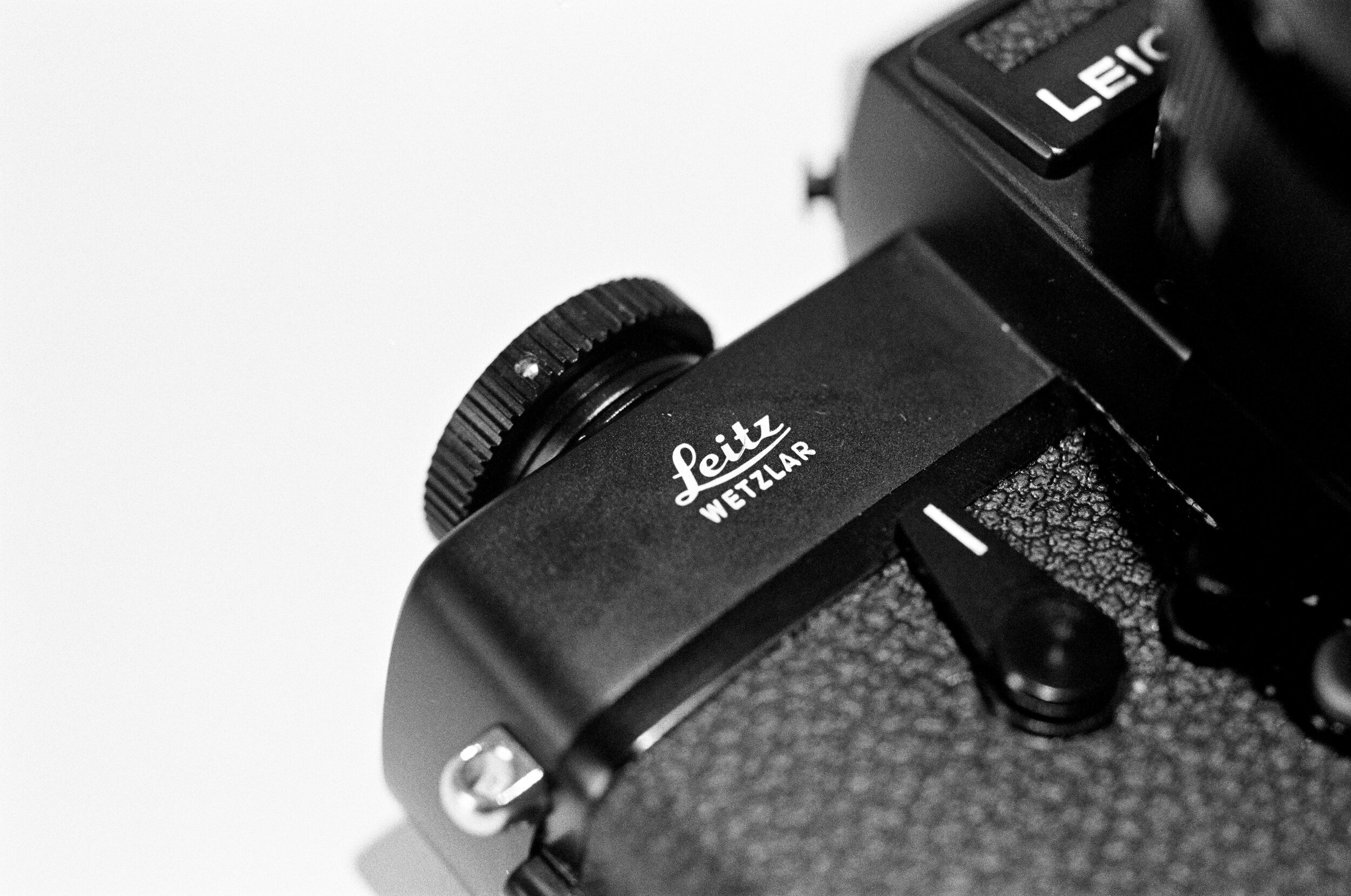Weston Master V
I love vintage light meters. Over the years, I have picked up a few old Gossen and Kodalux meters, but I think the Weston meters are my favorite.
The Weston Company was founded in 1888 by Edward Weston (not the famous photographer) and began designing and building electrical measuring devices. The earliest Weston light meters date back to 1932. The Weston Master series was made from 1939 to the early 1980s. My Weston Master V dates from around 1972. I also have an earlier Master III and IV. All of these meters use selenium photovoltaic cells—no battery required. And all of my old Westons still work and are pretty darn accurate when compared to my modern Sekonic meter or the on board meter in my Nikon F100. I found one of my Westons in an antique shop for $20 and paid about the same for the others on eBay.
When old photo gear survives years of use and still works, I enjoy pampering these devices a bit. Most of the cameras in my collection have been or are scheduled for service. I sent my handheld Pentax Spotmeter V to Richard Ritter for calibration some years ago and it came back like new. This Weston meter, from the looks of the sticker on the back of the case, was calibrated in 1996 by Quality Light Metric Company in Hollywood, CA.
A quick Google check shows that Quality Light Metric is still in business, still in Hollywood and still repairing and recalibrating light meters for still photographers and cinematographers. George Milton is the owner and even the phone number is still the same, albeit with a 323 area code rather than 213.
Since my old Weston was in George’s shop 23 years ago, it’ll be fun to send her back in for a check up. I’ll report back with the before and after numbers.












































































































































































